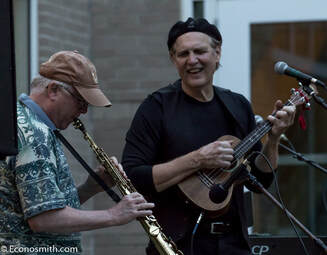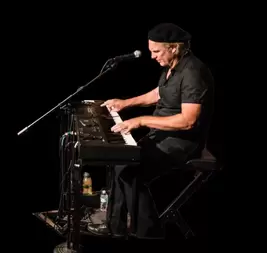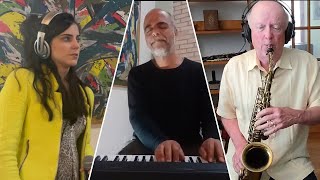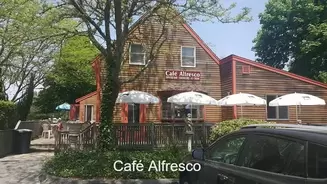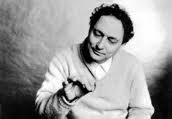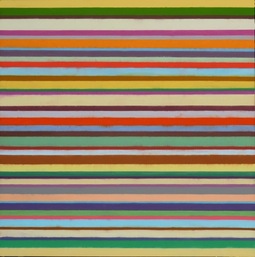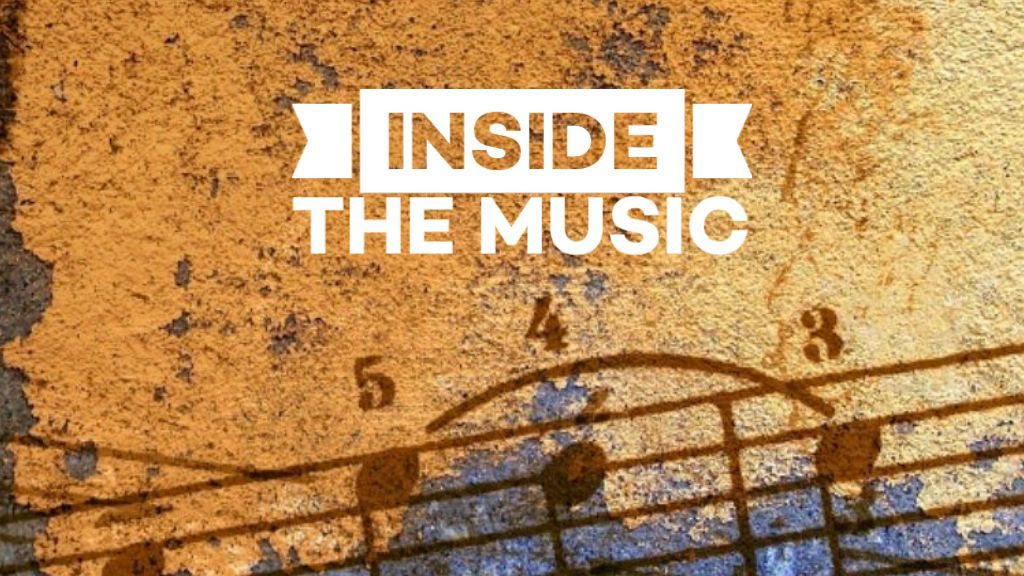Recently I visited the studio of my friend Michael Stricklin, an artist who paints in the style of abstract expressionism. I feel that there is a lot of music in Mike's work and was struck by his painting "Autumn Ambience" shown above. Music is also full of colors and shapes, much like this painting. I think it makes a wonderful pairing to listen to Autumn Waltz while viewing Mike's Autumn Ambience. Try it for yourself and see if you agree!
The track is featured on my album Summer Mood. On this one I am playing flute and piano.
Sheet music for this composition is available at the Original Music page. Streaming on all platforms including YouTube, Spotify, Amazon Music and Apple Music.
Click the image below to listen to the song on YouTube.
Free to listen, no account or subscription required.





